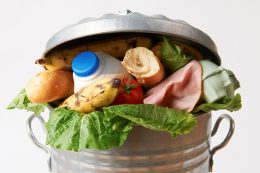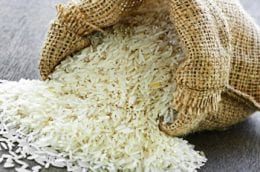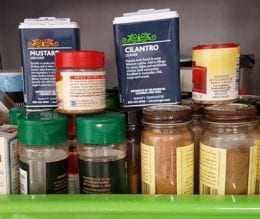
The U.S. has an abundant supply of food to feed all people, but much of it is wasted. Now is the time to change!
Food waste is a top priority for the top U.S. government organizations of the U.S. Department of Agriculture, the U.S. Environmental Protection Agency, and the U.S. Food and Drug Administration. This collaboration has announced six key priorities which include:
- Enhance interagency coordination
- Increase consumer education and outreach efforts
- Improve coordination and guidance on food loss and waste measurement
- Clarify and communicate information on food safety, food date labels, and food donations
- Collaborate with private industry to reduce food loss and waste across the supply chain
- Encourage food waste reduction by Federal Agencies in their respective facilities
What will you do in your communities to get the conversation, education, and champion in reducing food waste? Tossed food reduces economic growth, reduced community health, and damages the environment.
Learn more at https://bit.ly/2D21EeX.





